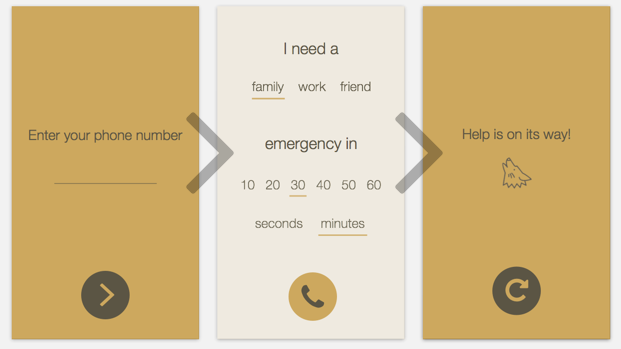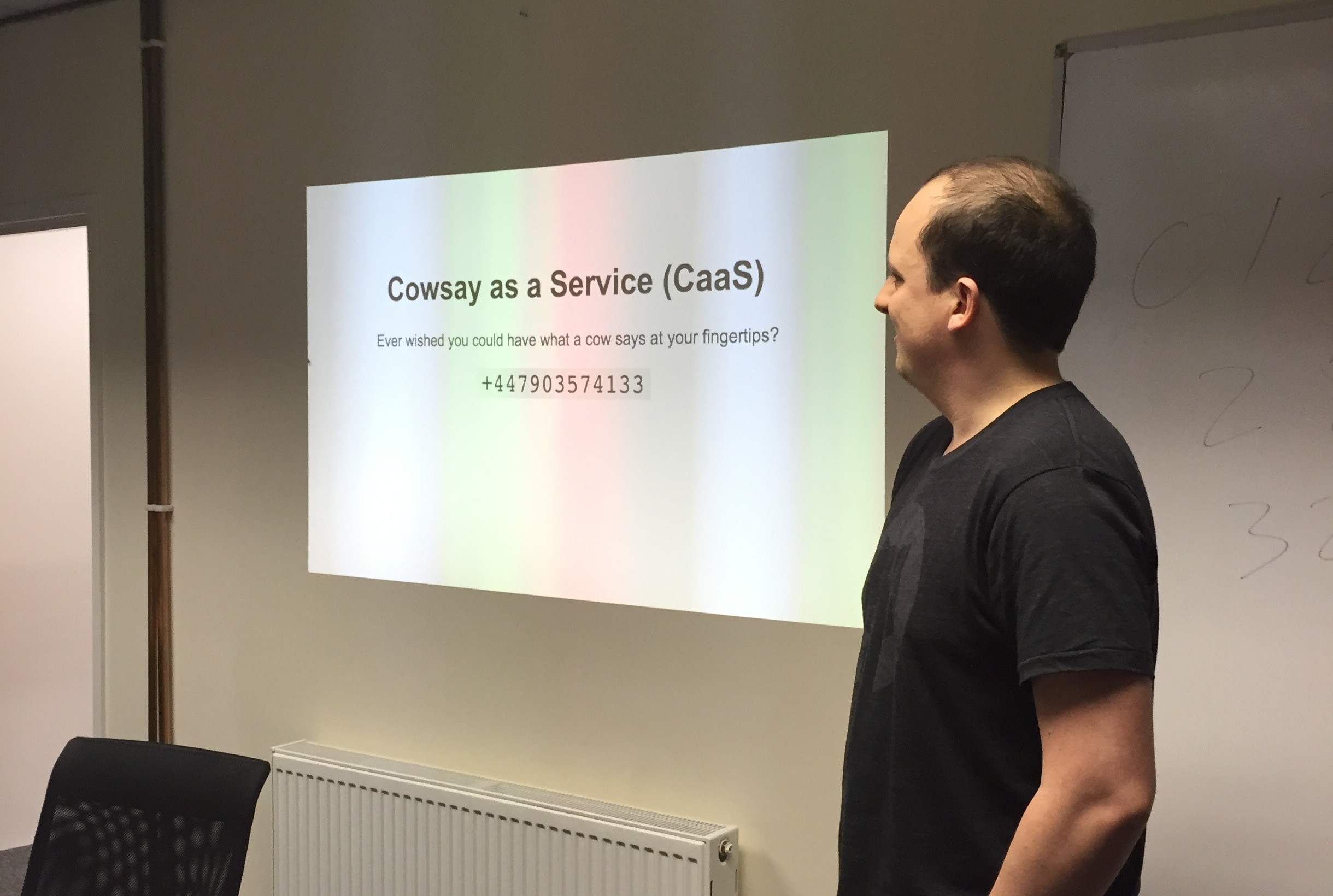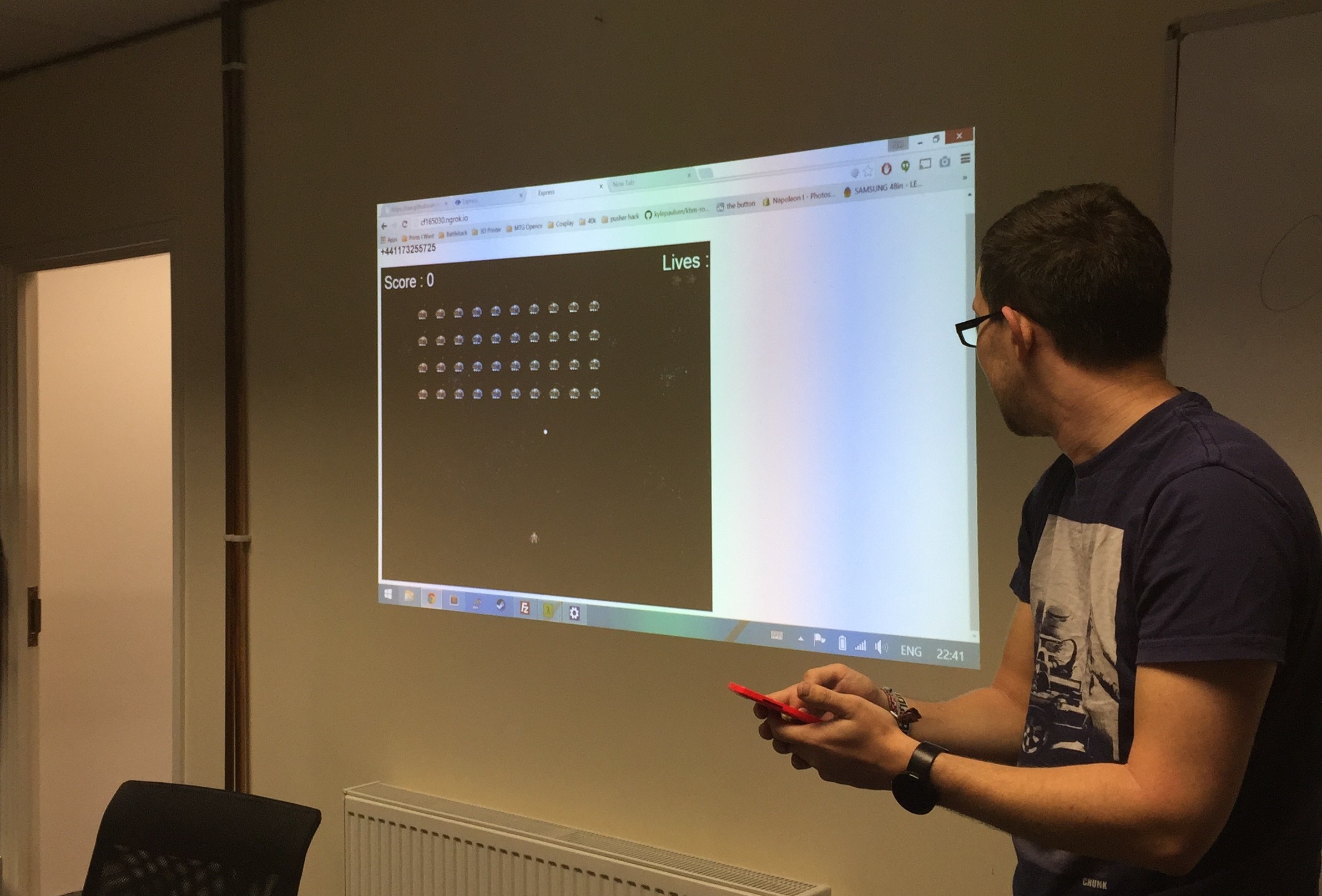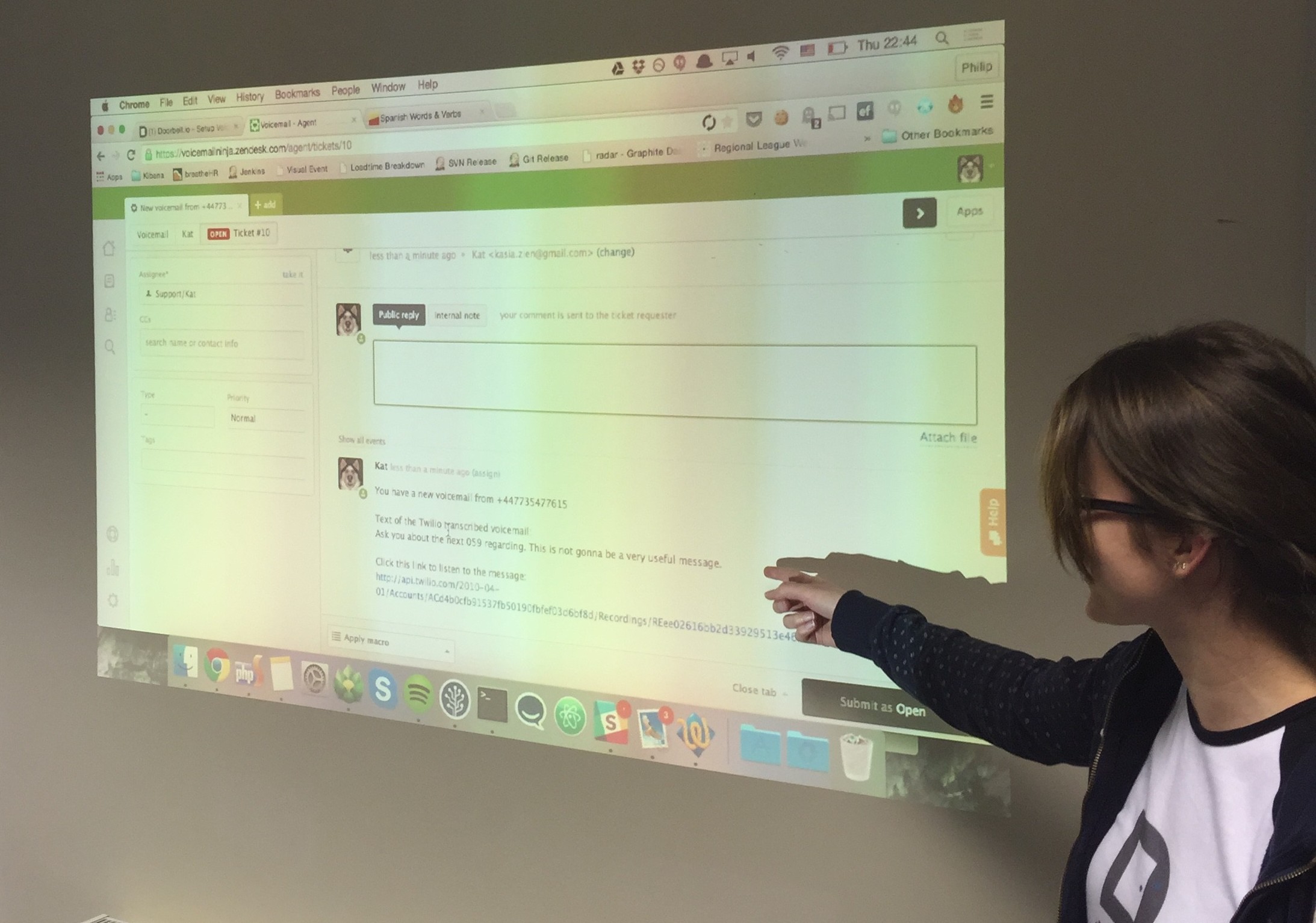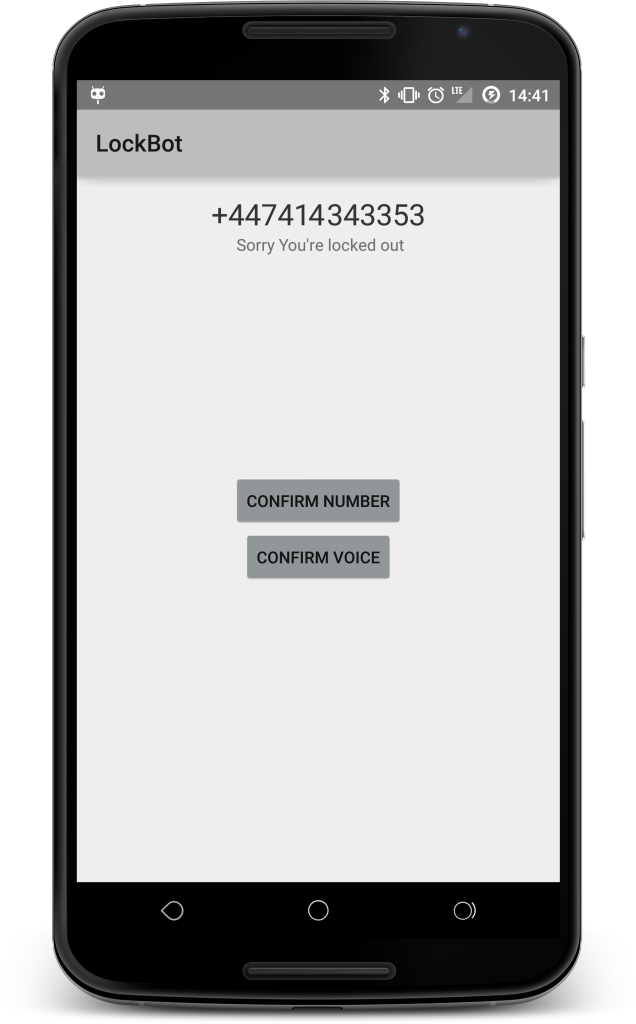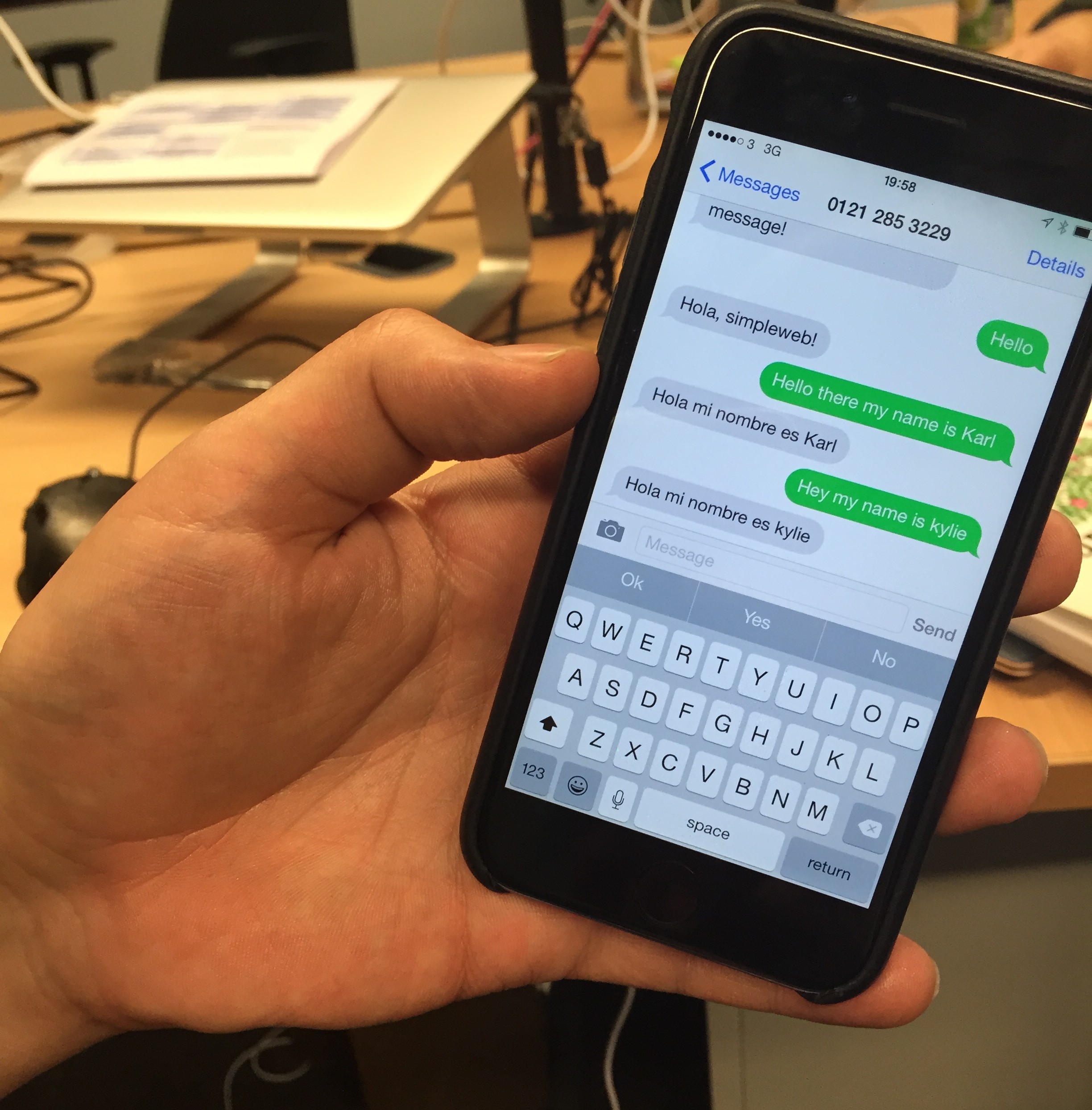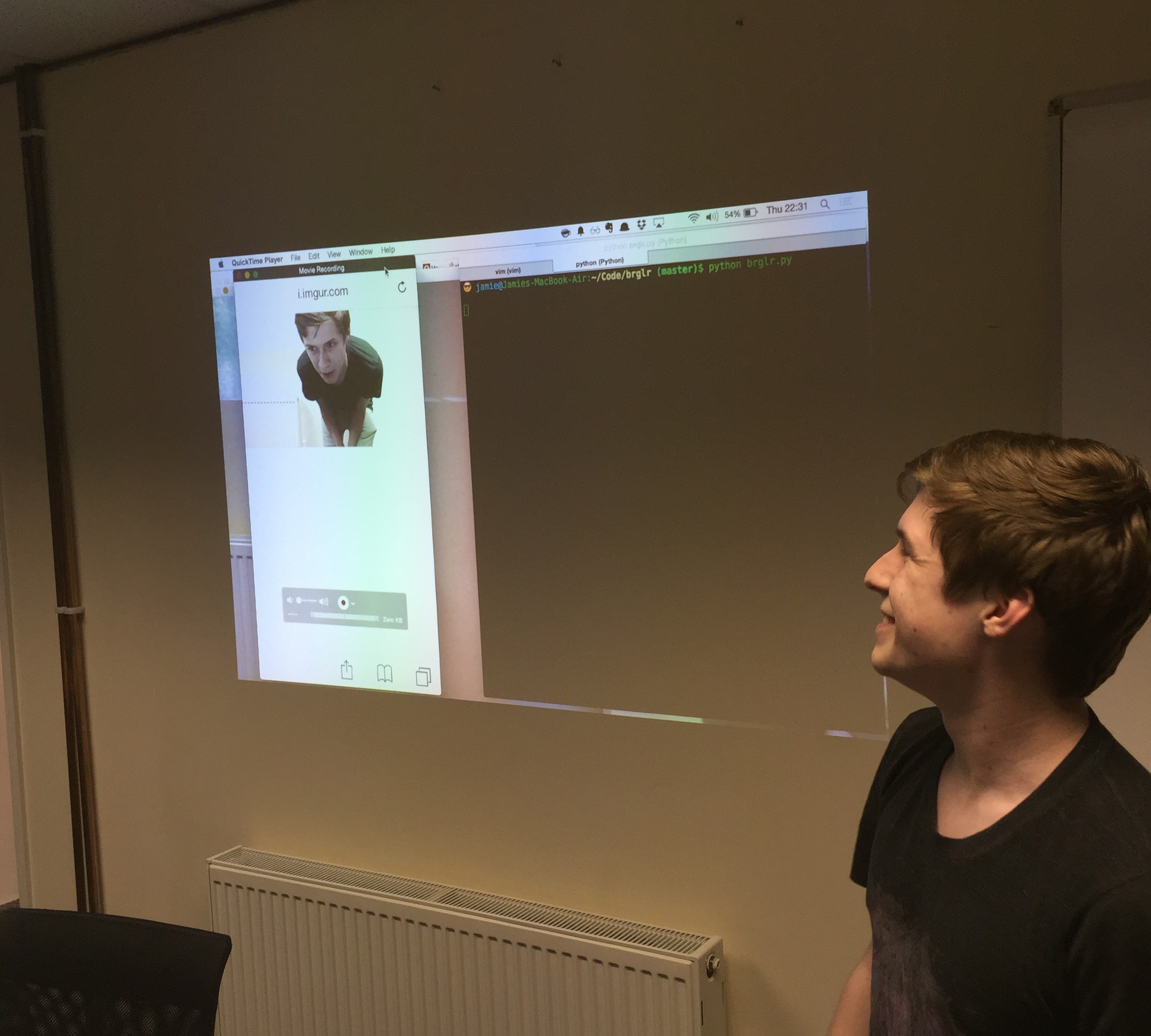Last week we held a communications themed hacknight sponsored by the awesome Twilio, a service enabling developers to build complex communications systems enabling phones, VoIP and SMS to be embedded into apps and websites.
It was a fantastic night with over 30 talented local developers from some of Bristol’s best tech companies. We were also joined by Phil Nash, Developer Evangelist at Twilio, who provided support and chose the winners, meaning team Simpleweb could get involved and compete for the prize!
It was amazing to see the quality of apps that were built in just 3 hours. Check them out for yourselves below (winners at the end)…
Cry Wolf
@Andoru from Simpleweb
Simpleweb front end developer Andrew created Cry Wolf, an app that makes delayed calls to get you out of situations you want to escape from. A user can attach the provided phone numbers to their contact list so any calls from Cry Wolf appear as authentic family members, friends or work colleagues.
Built using Ruby on Rails, Sass, Coffeescript, HTML
Call Captcha
@sammachin
Winner of our Tokbox hacknight, Sam, created an application to prevent spam phone calls by requesting captcha style authentication on phone calls. When you phone someone with Call Captcha, you are asked to authenticate that you’re a human being by pressing a random number on the keypad. If you don’t press the right key, the call is terminated and if you do, your call is connected and will ring as usual. Users can save numbers for people they don’t want to have to authenticate every time they ring.
BarChuck
@tholder from Simpleweb
A bar game featuring Chuck Norris created by Simpleweb Technical Director Tom.
Someone texts START to the Twilio number and a code is returned. People reply with JOIN plus the code to join the game. When people are done drinking they text BEER. The last one to finish drinking gets a phone call with a Chuck Norris quote and is told to get the drinks in.
Created using Twilio, Redis and using Paw to speed up development.
Check out the source code here.
TwilioWeather
@nightanddaygr from Somo and @Tatran
TwillioWeather consits of an iPhone client and a Back-End server. The client finds the user location and along with his/her name and desired refresh period sends those data back to the server.
The server registers the client to weather updates and alerts and sends SMS using the Twilio services back to the clients.
SendaSong (with twilio, because, err, email is boring)
@Curtis_h
Local developer Curtis created an app to send songs via SMS. The app uses Soundcloud’s web API to convert a song’s URL into the song’s resource location and then using the “play” TwiML to stream that song with a phone call.
Check out the live version here the source code here.
Cowsay as a Service
@stevelacey from Simpleweb
Simpleweb developer Steve Lacey created a simple app for receive your fortune via text. Users simply text cowsay to the Twilio number and receive back a random fortune in the style of Cowsay command.
Confessions
@innernets from Simpleweb
Simpleweb front-end developer Mike created an app where users can confess their sins and crowdsource forgiveness.
Users phone a number and confess their sins over voicemail. Confessions are displayed on a website for others to vote on. When a confession receives enough votes, it is forgiven.
The application is built using Node.js, using Twilio’s Voice Messaging API to save recordings of confessions. Once a confession is made, it is rendered as an audio element using a simple Express app.
Space Invaders
@hazanjon
Jon created an app whereby users could play Space Invaders using their phones as a controller.
Voicemail
@kasiazien from Brightpearl and @manavo from Coull
Kat from Brightpearl (soon to be Buffer) and Phil from Coull created Voicemail – an app allowing customers to leave feedback on websites as a voicemail message, rather than having to type it in a form.
Kat and Phil managed to integrate with two feedback gathering tools: Zendesk and Doorbell. As a user you can click a link to leave a voicemail on a feedback form, which will dial the Twilio phone number and allow you to record a message. Twilio then notifies admins that a new voicemail has been left, so that they can create a new ticket in Zendesk and/or Doorbell with a link to the original recording and a transcript of the message.
Phone-able Drone
@Labfoo from Simpleweb
Using Twilio, Simpleweb developer Adam made the drone he won in the Simpleweb Challenge with Pusher hacknight phone-able. Just call the number and control the drone by pressing keys on the keypad.
Watch it in action below…
Lockbot
@roarster31 from 8tracks
8tracks developer Rory created LockBot, a personal security tool that allows users to authenticate login with their phone number and voice.
Lockbot uses Node.js and MongoDB to handle serverside execution while the client runs on Android. Rory used Twilio to help handshake between the server and the client and to record the user’s voice when calling.
Check out the source code here.
Ad message
Simon and Nathan
Ad message was created by Simon and Nathan to test out advertising tech for Nathan’s new restaurant. Users simply message a number they find on the restaurant advert to receive more information about the menu, chefs etc.
3rd Place – Slack SMS
@benjaminreid from Simpleweb, @Paulspringett from Songkick and @daviddarnes from Basekit
Ben, Paul and Dave created an app to connect with your Slack team via SMS.
They used a Rails app to authorise with Slack and get the users’ phone number. This then talked to a Node app which used Twilio to send users a text message to kick things off.
Users then text the the number back, which Twilio tells the Node app about, which then updates Slack via their API. Thus, allowing you to post messages to Slack over SMS.
Check out the source code here.
2nd Place – Text to Translate
@karlentwistle, Simpleweb
Simpleweb developer Karl created a service to text language translations. Simply text the country code to set your language and then text a phrase in English and receive it back in your selected language!
1st Place – Brglr
@chickenstudios, University of Bristol
Jamie won the last Simpleweb Challenge (sponsored by Pusher) as part of a team with Simpleweb developer Adam. This time, he took the prize alone.
Jamie created an intruder detection application that uses your laptop’s webcam to detect intruders. Brglr will then text an image of a potential intruder to your phone.
Brglr was written in python using OpenCV for video capture and motion detection. It uses the Imgur API to upload a photo of the intruder and uses Twilio to send this link to a user’s phone.
Check out the source code here.
Jamie will be joining Simpleweb for a work experience placement over the summer. We can’t wait to have him on the team!
